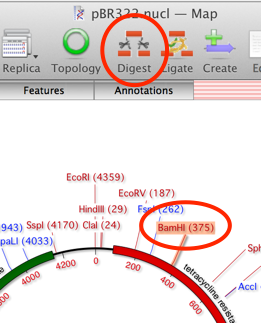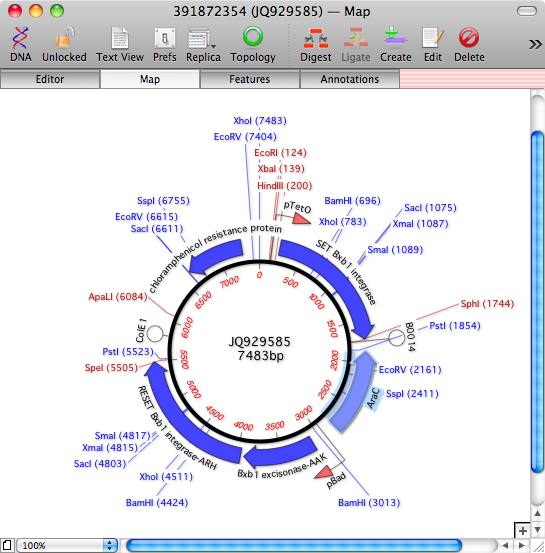
The results suggest that this method provides a simple and flexible platform for modular construction of plasmids. This method was applied successfully to construct a prokaryotic expression plasmid from four modules and a plant expression plasmid from five modules (fragments). 6 housekeeping tein sequence alignments were performed with MacVector genes.

This method is flexible to construct different types of plasmids because the modules can be freely selected and assembled in any combination. Sequences were and DNA Sequencing inspected and assembled with the aid of. After polymerase chain reaction (PCR) amplification for flanking with BsaI sites, multiple linear DNA components (modules) can be parallel assembled into a circle plasmid by a single restriction–ligation reaction using the method. Unlike the original Golden Gate cloning system for cloning from entry vector to expression vector, this method can be used to construct plasmids immediately from linear DNA fragments. We present here a modified Golden Gate cloning method for modular construction of plasmids. The common method for constructing plasmids is to cut DNA fragments by restriction enzymes and then join the resulting fragments using ligase. Gibson Assembly Cloning Kit has been used to clone a 15 kb DNA fragment into a 5.4 kb plasmid in E. Makes plasmid maps even more beautiful and supports macOS Mojaves Dark Mode to aid concentration on those late night primer design sessions Performs assembly.

Finally, to make assembly of BioBrick parts easier, these BioBrick assembly plasmid backbones are available with three different antibiotic resistance markers, so that you can use 3 antibiotic assembly methods to assemble BioBrick parts.

Construction of plasmids is the basic and pivotal technology in molecular biology. Vector database is a digital collection of vector backbones assembled from publications and commercially available sources. Cloning or assembly of a BioBrick part into the BioBrick cloning site of the plasmid backbone eliminates the default insert returning the plasmid to the control of the replication origin in the plasmid backbone.


 0 kommentar(er)
0 kommentar(er)
